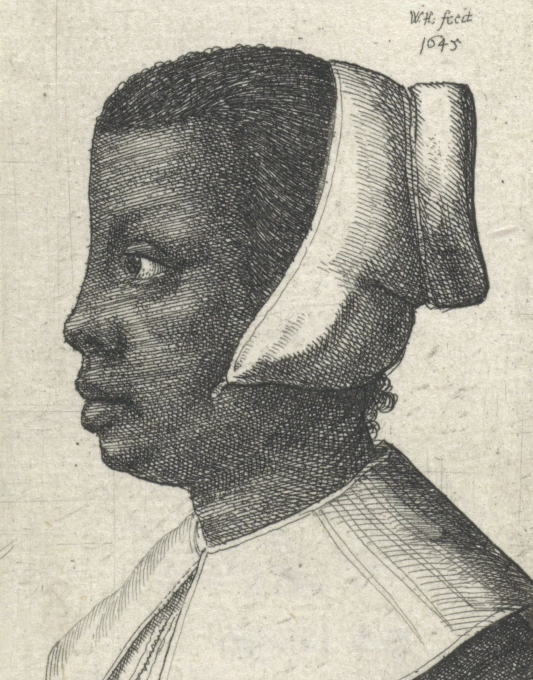
NY400 – The Africans of New Amsterdam
Learn about Mayken van Angola and Director-General Petrus Stuyvesant’s House:
Learn about Reytory Angola and the Dutch Reformed Church:
Scripts
Don’t want to watch the videos? Read the scripts here!
Video 1:
Mayken van Angola is one of the earliest recorded African residents in New Amsterdam. She would have most likely been brought to the colony in 1627 after being captured from a Portuguese vessel where she had been enslaved. From 1628 onwards, Mayken probably worked as a domestic worker. She would have been in the lowest rank of the household hierarchy, charged with the most arduous and dirty jobs, along with her friends Lucretia and Susanna, two other enslaved women, who arrived alongside her.
After over three decades working here, beginning to grow old and suffering from injuries, Mayken, Lucretia and Susanna petitioned for their freedom. Their request was granted on the condition that they continued to do the housework at the Stuyvesant household one day a week. Sadly, by April 19th, 1663, Mayken’s two friends had both passed away. Mayken re-petitioned the colonial government, asking that they take pity on her and grant her the freedom she had originally asked for. It was not until April 17th, 1664, that she was granted her freedom without any conditions.
Mayken van Angola’s story reflects the harsh realities of the lives of enslaved individuals in the colony. When she was finally granted her freedom, she would have likely gone to reside in the Africans’ village by the Bowery (bouwerij) outside of the main colony, which was inhabited by other freed enslaved people. But as freedom was rarely granted unless because of old age or injuries, and the people were subject to heavy taxes, life here would have still been extremely tough.
Video 2:
In New Amsterdam, it was common for enslaved people to be affiliated with the Dutch Reformed Church and be baptised into it. The church provided some social privileges, and baptism requirements for children also acted as a form of social control and regulation. In 1643, Reytory Angola’s name first appears in records as the witness to the baptism of Anthony, her godson. Anthony’s mother, Louise, passed away four weeks after he was born, and Reytory took charge of his upbringing. If she had not done so, Anthony’s life would have been very different.
One year after Anthony’s baptism, Reytory and her husband, Paulo, along with 10 other enslaved men gained partial freedom. The condition was that they paid a annual fee. Shockingly, the colonial authorities also imposed another restriction, insisting that all children of freed enslaved people remained property of the West India Company. This meant that even after his stepmother and father were freed, Anthony was forced to continue his labour. It took 17 years before Reytory was finally able to gain his freedom.
After the death of Paulo, Reytory married a freed man named Emmanuel. As they had both been freed and were partial landowners on the common land at the Bowery, they had a more advantageous legal position than most enslaved people. Reytory’s petition for Anthony’s freedom in 1661 was possible because she had adopted him legally. Reytory’s persistence and resilience pursuing her son’s freedom was one of the first successful cases of its kind, and demonstrated how enslaved people were forced to adapt in New Amsterdam.


